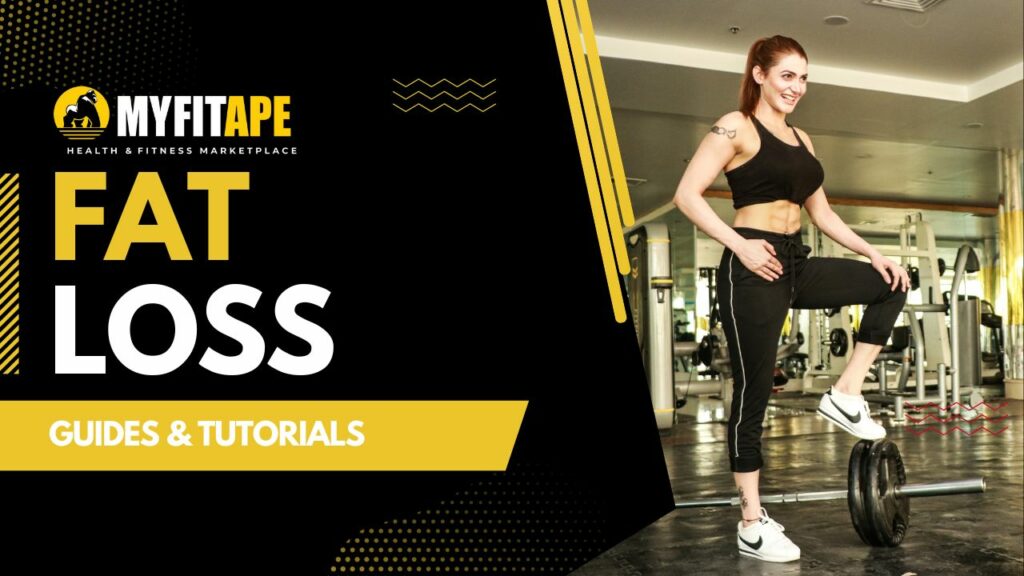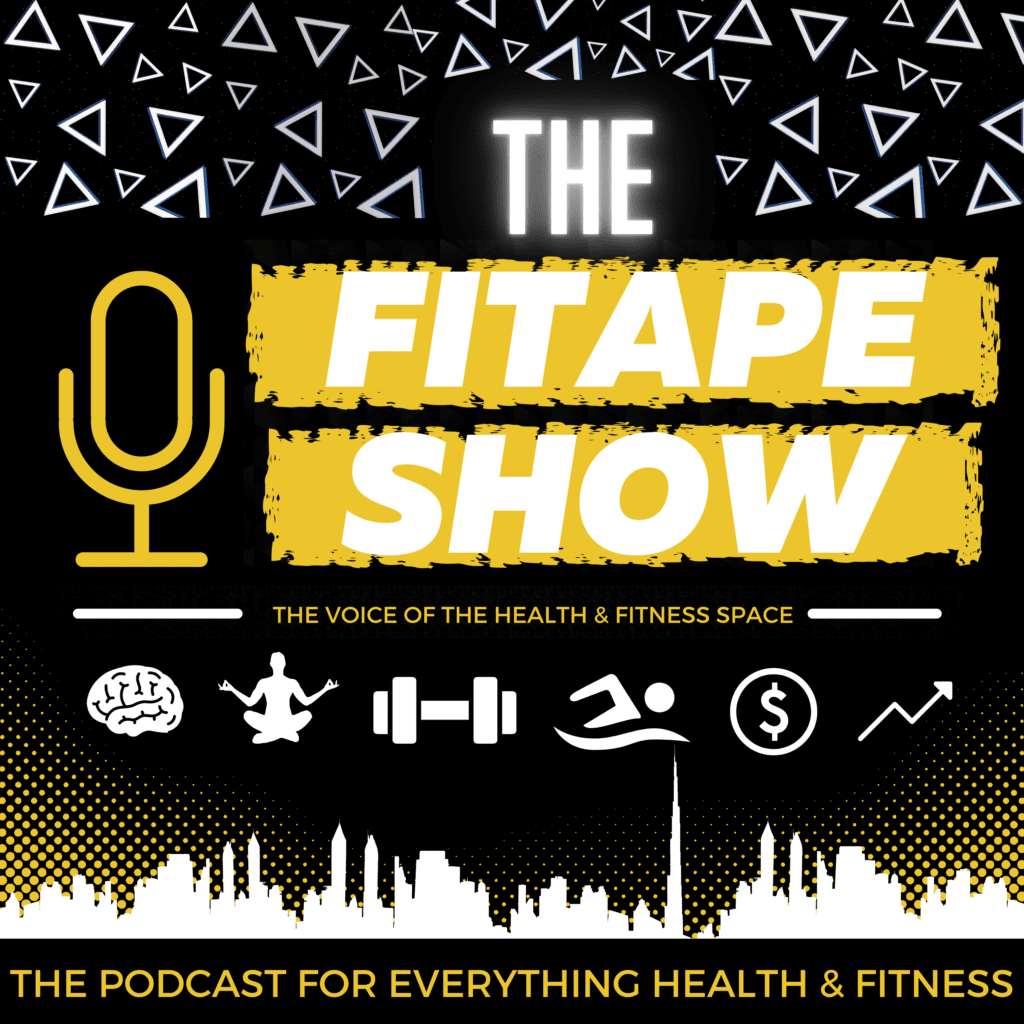Cardio is a great way to get your body moving and burn fat. But not all cardio is created alike. Low-intensity cardio is a type of exercise that keeps your body moving at a low intensity over a longer period of time, allowing you to burn more fat in a shorter amount of time. In this guide, we’ll take a closer look at low-intensity cardio, discuss how to get started, and provide answers to frequently asked questions.
What is Low-Intensity Cardio?
Low-intensity cardio is any type of exercise that has a low intensity for an extended period of time. This could be walking, biking, jogging, swimming, or any other form of movement that is more moderate than running, for instance. Because the intensity is low and you are often able to do it for longer, low-intensity cardio is an effective way to burn fat.
Getting Started with Low-Intensity Cardio
If you’ve never done low-intensity cardio before, it’s important to start out slowly. Begin by walking at a pace slower than your typical pace. Start with 10 minutes of walking and work your way up to 30 minutes over the course of a few weeks. Once you’ve become comfortable with walking, you can begin to add other exercises to your routine, such as biking or swimming.
Benefits of Low-Intensity Cardio
Low-intensity cardio offers a number of benefits, including improved heart health, increased fat burning, and improved mental health. It’s also easier on your joints than high-intensity exercises and can be done for longer periods of time. Additionally, low-intensity cardio is great for beginners who are just getting started with cardio. Unlike high-intensity cardio, low-intensity cardio requires less of an initial time commitment.
Frequently Asked Questions (FAQ)
How often should I do low-intensity cardio?
It’s recommended to do low-intensity cardio at least 3 times a week. However, it’s important to note that everyone is different and you should adjust your routine according to your fitness level and goals.
What are some other activities that I can do for low-intensity cardio?
Some other activities you can do for low-intensity cardio are walking, jogging, swimming, cycling, hiking, dancing, and rowing. It’s important to find activities that you enjoy and stick to them.
How long does it take to see results from low-intensity cardio?
It can take anywhere from a few weeks to a month or even more before you start to see results from low-intensity cardio. Consistency and dedication are key to achieving results with any type of exercise.
Will I lose weight with low-intensity cardio?
Low-intensity cardio will help you to burn fat, but you may not necessarily lose weight. To lose weight, you need to burn more calories than you consume, so it’s important to include healthy eating habits in your routine.
How long should one perform low-intensity cardio for optimal fat burning?
The optimal amount of low-intensity cardio for fat burning depends on the individual’s goals and fitness level. Generally, beginner exercisers should aim for 20 to 30 minutes of low-intensity cardio two to three days per week. Intermediate and advanced exercisers may perform 30 minutes to an hour of low-intensity cardio three to five days per week for more optimal fat burning.What should be consumed in a pre and post workout meal for low-intensity cardio?
Pre-workout: Foods that are easily digested, such as fruits or whole grain cereal or a piece of toast with some nut butter, are ideal meals to consume before low-intensity cardio.Post-workout: To replenish your energy and allow for proper muscle recovery, it’s important to consume a combination of carbohydrates and protein to refuel your body. Try a small piece of fruit with a yogurt or a whole grain cereal with some nuts and seeds.
What are the benefits of low-intensity cardio?
Low-intensity cardio has several benefits, such as:1. Improved overall cardiovascular health and fitness. Low-intensity cardio can help strengthen your heart, lungs and circulatory system, reducing your risk of heart disease, stroke and diabetes.
2. Burning a higher amount of fat than with other types of exercise. Low-intensity cardio typically burns a higher percentage of fat calories than higher intensity cardio.
3. Increased calorie burn. Low-intensity cardio tends to burn more total calories than high-intensity cardio because it’s done for a longer duration.
4. Easier on the joints. Low-intensity exercises such as walking and swimming are less likely to put strain on your joints compared to high-intensity exercises, making them a great choice for those with joint pain or mobility limitations.
5. Boosts muscle endurance. Low-intensity cardio can help build up your muscle endurance, helping you to perform higher intensity exercises more effectively.





